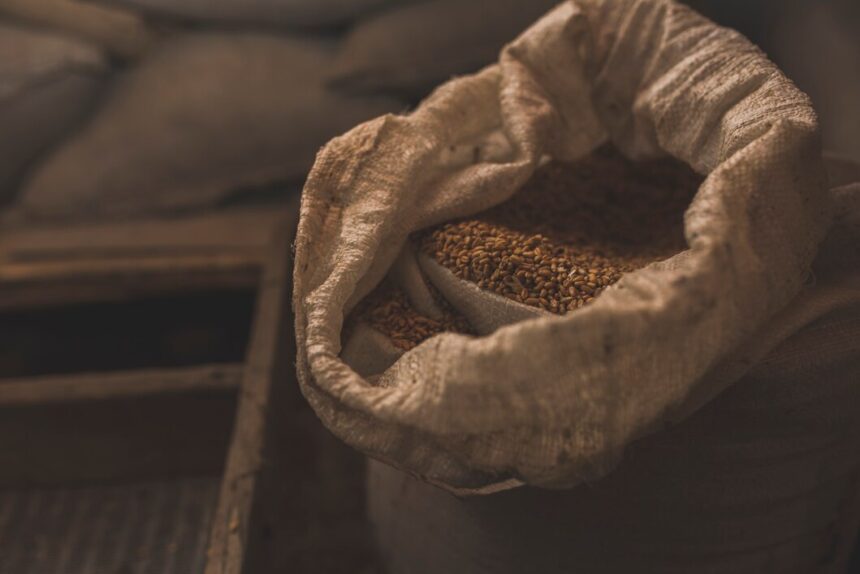Seed saving is an essential practice for sustainable agriculture, particularly in South Africa, where farmers face various challenges such as climate change, rising input costs, and the need for biodiversity conservation. By saving seeds from their own crops, farmers can preserve heirloom varieties, reduce dependency on commercial seed suppliers, and contribute to the resilience of their farming systems. Here are some effective seed-saving techniques that South African farmers can implement for future planting.
1. Choose the Right Varieties
Select open-pollinated or heirloom varieties for seed saving. These types of seeds will produce offspring true to the parent plant, unlike hybrid seeds, which may not retain the desired traits. Research local varieties that are well-suited to your climate and soil conditions.
2. Know the Seed Lifecycle
Understanding the life cycle of your plants is crucial for successful seed saving. Familiarize yourself with the flowering, pollination, and seed maturation stages. Ensure that seeds are collected at the right time when they are fully mature but not yet dried out or damaged by pests.
3. Maintain Isolation Distances
To prevent cross-pollination, maintain proper isolation distances between different plant varieties. This is especially important for crops such as corn, squash, and tomatoes, which can easily cross-pollinate. Use physical barriers like nets or plant different varieties at separate times to ensure purity.
4. Collect Seeds at the Right Time
Harvest seeds when they are fully mature. For many crops, this means waiting until the seed heads or pods turn brown and dry on the plant. For example, beans should be left on the plant until the pods are dry and brittle, while tomatoes should be fully ripe.
5. Proper Cleaning and Drying
Once collected, seeds must be cleaned to remove any debris, pulp, or plant material. Rinse seeds if necessary, but ensure they dry thoroughly afterward to prevent mold. Spread seeds out in a single layer in a cool, dry place with good air circulation.
6. Storage Conditions
Store seeds in airtight containers, such as glass jars or resealable bags, to protect them from moisture and pests. Label containers with the variety name and the date of collection. Keep seeds in a cool, dark place—ideally at temperatures between 5°C and 15°C—to maximize their viability.
7. Regular Viability Testing
Before planting saved seeds, test their viability. A simple germination test can be performed by placing a few seeds on a damp paper towel and keeping them in a warm place. Check for germination rates to determine whether the seeds are still viable for planting.
8. Educate and Involve the Community
Encourage fellow farmers in your community to practice seed saving. Organize workshops or information sessions to share knowledge about seed selection, saving techniques, and the benefits of preserving local seed varieties. Building a community around seed saving fosters resilience and diversity in local agriculture.
9. Document Your Practices
Keep a record of your seed-saving practices, including planting dates, harvest times, and any challenges faced. This documentation can help you refine your techniques over time and improve your seed-saving strategies for future seasons.
10. Embrace Biodiversity
Consider saving seeds from a variety of crops to enhance biodiversity on your farm. Planting diverse crops can improve soil health, reduce pest and disease pressure, and increase resilience to changing weather patterns.
Seed saving is a vital practice for South African farmers, promoting sustainability, biodiversity, and food security. By implementing these techniques, farmers can ensure a continuous supply of quality seeds while reducing their reliance on commercial seed sources. Embracing seed saving not only supports individual farms but also contributes to the resilience of the broader agricultural community in South Africa.
Join 'Farmers Mag' WhatsApp Channel
Get the latest Farming news and tips delivered straight to your WhatsApp
CLICK HERE TO JOIN






